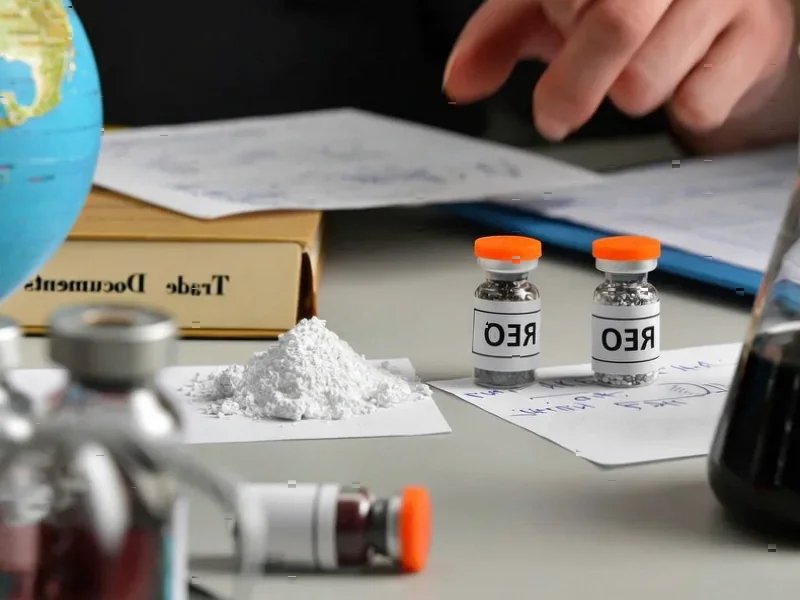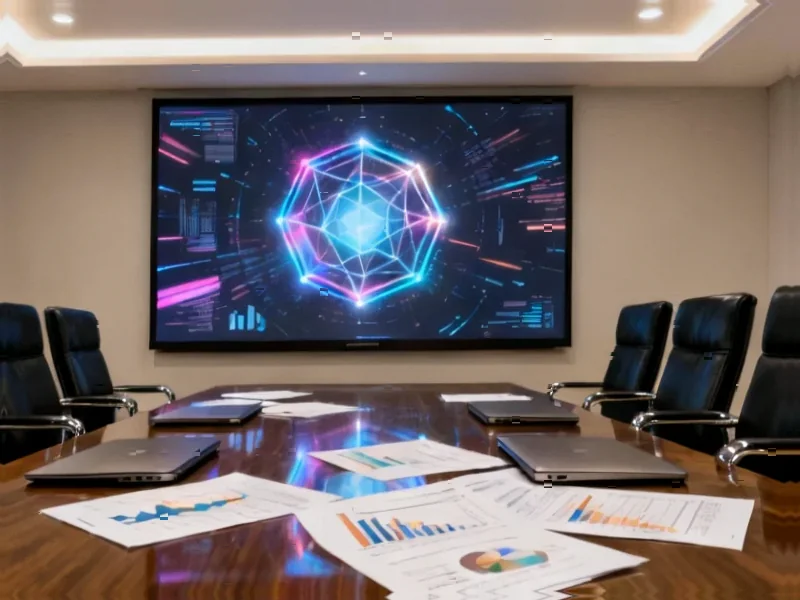According to Financial Times News, US tariffs have hit their highest levels since before World War II, effectively reaching over 17% under President Trump’s aggressive trade policies. The administration has imposed tariffs up to 25% on autos and parts, 50% on metals, and 20% on all Vietnamese imports, directly impacting companies like Nike which expects $1.5 billion in 2025 costs. Ford, Stellantis, and GM all face billions in tariff impacts despite revising initial estimates downward. Trump has cut individual deals with companies like Apple, which promised $100 billion more in US investment to avoid 100% chip tariffs, and pharmaceutical giants including Pfizer and AstraZeneca securing tariff reprieves in exchange for price cuts and manufacturing commitments. The legal foundation remains uncertain with a pending Supreme Court case challenging Trump’s use of emergency powers for most tariffs.
Corporate whiplash
Here’s the thing about Trump’s trade policy – it’s creating absolute chaos for business planning. Companies built their entire supply chains around existing trade deals, some of which Trump himself signed. Then he turns around and slaps tariffs on those same partners. The Canada situation is particularly wild – he imposed steep tariffs despite the 2020 trade deal, then abruptly halted talks to lower them. Basically, you can’t make long-term investment decisions when the rules might change next week because of an Oval Office meeting.
Who’s getting hit hardest
Automakers are getting absolutely hammered. Their supply chains stretch across North America, so these tariffs hit them coming and going. Ford, GM, Stellantis – they’re all looking at billions in added costs. And Nike? More than half their footwear comes from Vietnam, which now faces 20% tariffs. That’s not some minor expense – we’re talking about a $1.5 billion hit next year alone. When your CFO is calling tariffs a “meaningful cost headwind” on earnings calls, you know it’s serious money.
The deal-making presidency
But here’s where it gets really interesting. Trump isn’t just throwing tariffs around randomly – he’s using them as leverage. He’s basically running a corporate protection racket from the Oval Office. Want to avoid 100% tariffs on your chips? Promise Apple-level investment. Don’t want your drugs hit? Cut prices and build plants here. Pfizer and AstraZeneca both played ball, getting multi-year reprieves in exchange for manufacturing commitments. It’s ad-hoc industrial policy, deal by deal, company by company. No wonder everyone’s confused – the rules depend on whether you can get a meeting.
What comes next
The Supreme Court case hanging over all this adds another layer of uncertainty. If they rule against Trump’s use of emergency powers, the whole tariff structure could collapse. But even then, the sector-specific tariffs using national security laws would remain. So companies are stuck between planning for the current reality and wondering if it’ll all get thrown out by year’s end. And honestly? This uncertainty might be worse than the tariffs themselves. When you don’t know what the rules will be in six months, you can’t make billion-dollar decisions. You just wait. And waiting costs money too.




